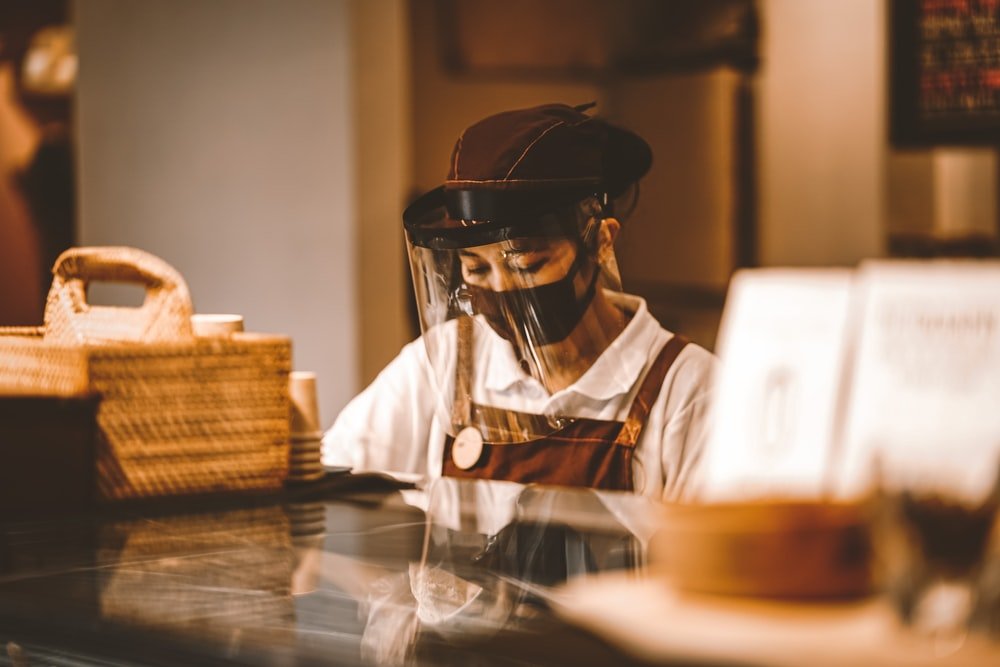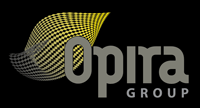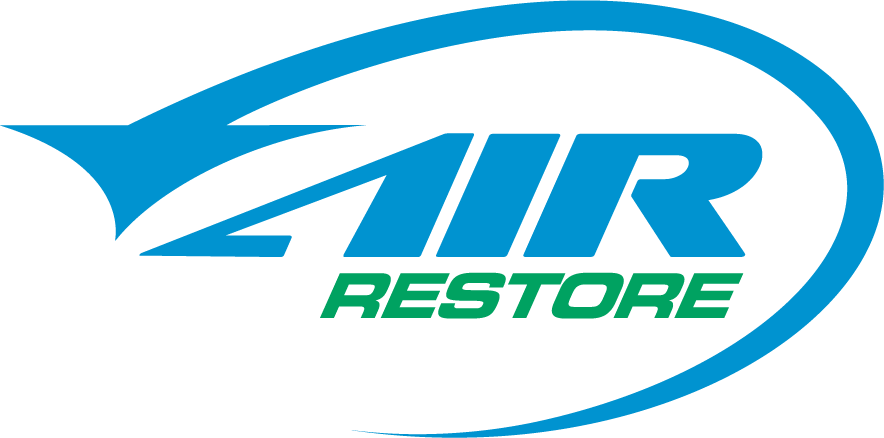This time last year the spread of SARS-CoV-2 or COVID-19 was mainly attributed to contact and droplet transmission. But as the research improves and more case studies are examined it has become evident that airborne transmission plays a role.

While there is certainly a much lower risk of airborne transmission it must be managed like all risk management strategies with an effective and best practice approach that should implement all possible controls available.
Certainly, controls such as effective cleaning, social distancing and good hygiene have been at the forefront of the risk management strategy for COVID-19. But now that we are understanding the virus better through amazing computer modelling and investigations following hotel quarantine breaches including Perth and Victorian lockdowns. The picture is clear that engineering controls now need to form a larger part of the risk management strategy going forward.
This comes after many experts have been calling for months that airborne transmission in the hotel quarantine system needs attention and while it’s hard to fault how hard everyone is working hard to follow guidelines, now is the time to look to ongoing engineering risk management, especially improving the role of Heating, Ventilating, and Air Conditioning (HVAC) systems in minimising the risk for COVID-19 to spread via airborne transmission.
Recommendations
The United States Centre for Disease Control and Prevention (CDC) building ventilation interventions and Safe Work Australia (Practical Steps) have presented some excellent recommendations in regard to reducing the risk of exposure to COVID-19 and improve ventilation in indoor workplaces. The CDC recommendations are particularly in-depth and include using “multiple mitigation strategies with several layers of safeguards to reduce the spread of disease and lower the risk of exposure. While it may not be necessary to apply every consideration to be protective, implementing multiple mitigation strategies is recommended, if possible, to improve effectiveness.”
Opira can assist with testing the effectiveness of a building’s ventilation in reducing the risk of COVID-19. The risk may be low for airborne transmission however the Cost of Coronavirus is starting to take shape and we all know what each lockdown from one possible airborne transmission case does to our way of life and susceptible businesses.
UV Light Implementation to reduce the risk of COVID-19
The implementation of Ultra Violet (UV) Light in specific areas and under certain risk-averse conditions is also a big part of this conversation for risk mitigation strategies as identified by the CDC and when installed correctly with the appropriate product can inactivate airborne COVID-19.
There have been many articles espousing the use of UV Light to combat COVID-19 and especially using a long term reliable manufacturer of UV light products to the market.
Opira has been fortunate to have been involved with Sanuvox long before COVID-19 became a pandemic and can assist with implementing UV light solutions as part of a best practice multiple mitigation strategy.
Some of the products making a difference around Australia, and around the world now include the following.
- Biowall Products – In Duct Systems
- Surface Disinfection for Hospitals
- S100 Units – For Room/Corridor Disinfection
- Bathroom Surface Disinfection
UV lights should certainly be in the conversation for any risk management control strategy for COVID -19, especially when the potential for infection is high and the resulting consequences are as damaging to the health of individuals or the health of our society as COVID-19.
Opira has indoor air quality and building ventilation experts based in Brisbane, Perth and Melbourne to assist with ventilation effectiveness testing and UV light solutions – contact Opira for a discussion.
– Written by Mark Graham, March 2021.




